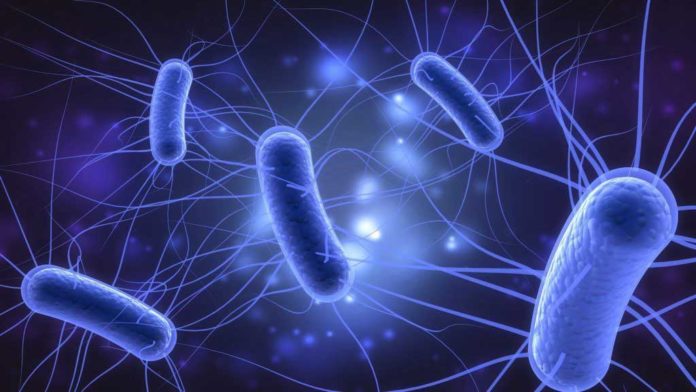Scientists at Cambridge University have created the world’s first living organism that has a fully synthetic and radically altered DNA code.
They have replaced the genes of E. coli bacteria with genomes they synthesized in the lab.
Synthetic genomics offers a new way of understanding the rules of life, while at the same time moving synthetic biology towards a future in which genomes can be written to design. Scientists used this method to better define the minimal set of genes required for a free-living cell.
Scientists adopted the approach that involves redesigning of genome segments using a computer, chemically synthesizing the fragments and then assembling them, these pioneers succeeded in reducing the size of the M. mycoides genome by around 50%.
Doing the same with just genome-editing tools would be much more laborious, as past work with E. coli demonstrates: here, gene-deletion methods have removed, at best, only 15% of the genome.
Scientists used this reduced genome from E. coli as the template for a synthetic genome with another kind of minimization in mind — codon reduction. During the work, scientists synthesize the genome of an E. coli bacterium in their lab—all four million letters of it. The second was to find out what would happen to such a specimen if some of its DNA redundancies were removed.
Scientists reported that they achieved both objectives by recoding the E. coli DNA on a computer with multiple redundancies removed. Once the desired genome was redesigned, it was split up and sent to a DNA synthesizer. The output from the DNA still needed tweaking, however, which meant the team had to stitch together smaller pieces into longer ones before it could be put into a living E. coli bacterium—they named it Syn61 because only 61 of the 64 possible codes were used.
However it took longer for the special bacterial specimen to grow, but other than that, it behaved just like unedited specimens. According to scientists, it might be possible to replace the redundancies they removed with other sequences to create bacteria with special abilities, such as making new types of biopolymers not found in nature.
The study is published in the journal Nature.
